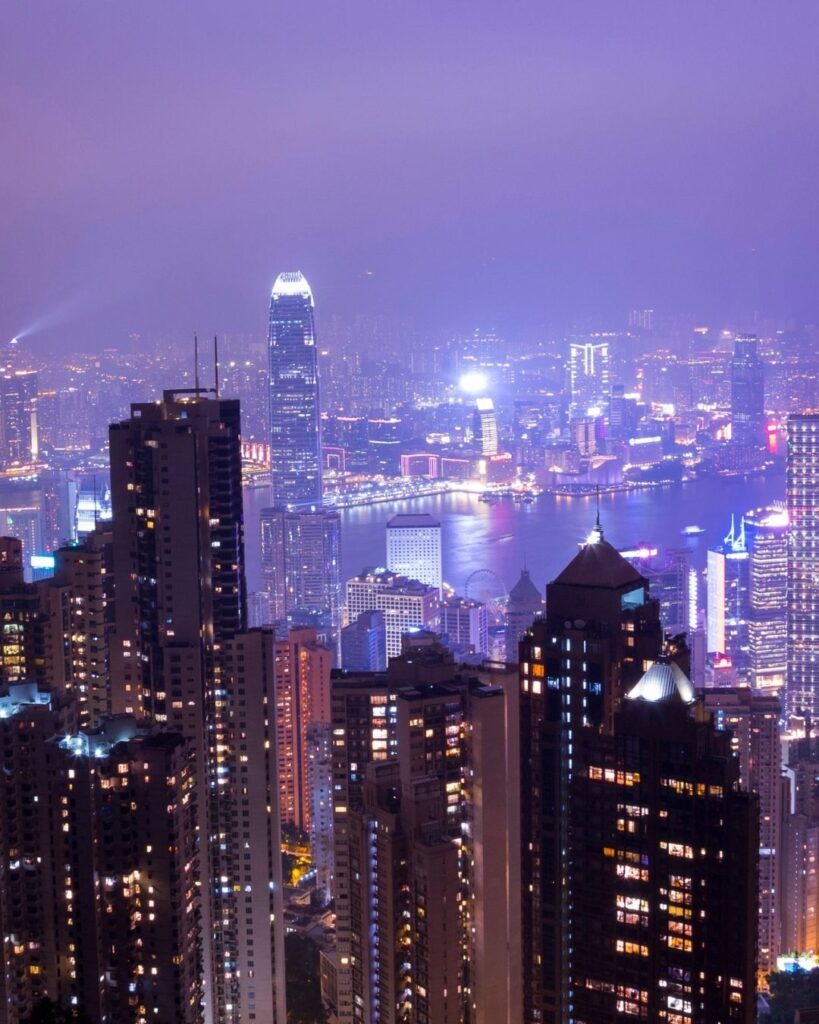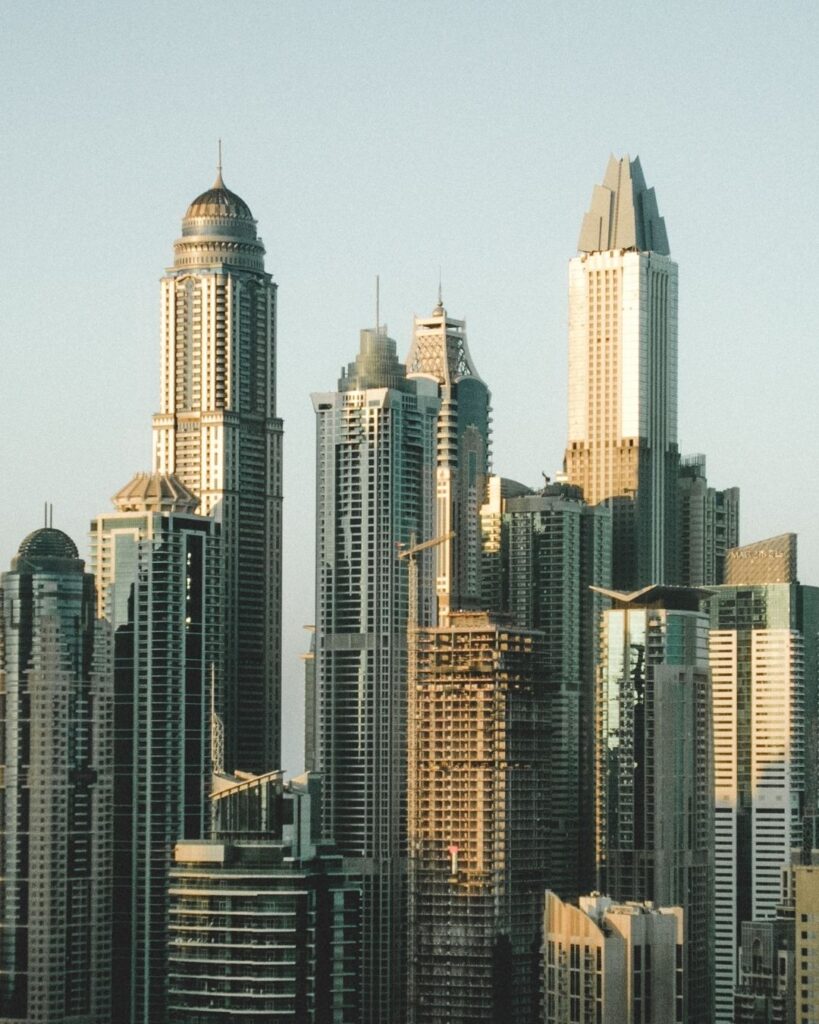
Smart city innovation is changing the way Asia’s crowded cities prepare for climate change. And throughout the region, cities are mixing cutting-edge technologies and data-driven solutions with centuries-old knowledge to construct places that are not only larger but smarter and safer for all. From Singapore’s water-saving marvels to Tokyo’s earthquake-ready towers, the innovations of smart cities are turning climate threats into inspiration for creative urban transformation.
But how did intelligent-city innovation become a buzzword across Asia? The solution is need and greed. Asian cities, which are home to some of the most densely populated urban areas in the world, have struggled with rising temperatures, floods, storms and pollution for years. Those everyday realities helped drive a search led by new tools and thinking that has shifted a growing wave of innovation toward the goal of building resilient cities, places that can keep growing and thriving while surviving and even flourishing when buffeted by increasing climate-related disasters.
At its core, smart city innovation is anything but asinine. It’s about building a better life for everyone, lightening the load of everyday drudgeries, and giving people confidence that their city can withstand whatever assault nature launches against it. In many respects, it’s akin to a neighborhood-wide stress reduction strategy to make urban life safer, healthier and more resilient.
Wonder what it actually looks like in the flesh? Discover 20 such successful smart city technologies in Asia which are helping to adapt to the challenge of climate-resilient living here.
1. Singapore’s Smart Water Management
Singapore has a water supply monitoring system that employs a network of sensors and artificial intelligence to detect leaks and regulate floods. This is water efficient and prevents droughts and torrential rains.
2. Seoul’s Flood Alert System
South Korea’s capital has high-tech drainage in the basement and real-time monitoring of the river, so residents can be warned promptly to evacuate when its turbines start spinning and water levels rise around its banks.
3. Tokyo’s Earthquake-Resistant Buildings
Smart city innovation in Tokyo is driven by the city’s manifest need to prepare for natural and man-made disasters. That means buildings packed with sensors which can help the city brace for an earthquake, and can communicate in seconds after one has hit.
4. Bangkok’s Flood Warning Apps
Bangkok has mobile apps that let residents know their risk for flooding, so they can plan their commutes and make sure that they will stay safe during monsoon season.
5. Shanghai’s Smart Energy Grids
Shanghai’s smart grids juggle electricity loads and give preference to clean power sources, which also help the city reduce emissions and steer clear of blackouts.
6. Delhi’s Air Quality Monitors
The capital of India projects real-time air quality data on public monitors and apps, giving residents the information they need to make healthier choices when pollution levels spike.
7. Jakarta’s Green Roof Program
By transforming city rooftops into gardens, Jakarta lowers temperatures and absorbs rainwater, cutting back on flooding and heat.
8. Kuala Lumpur’s Smart Traffic Management
Malaysia’s capital deploys A.I.-managed lights and sensors to try to cut down on traffic jams and vehicle emissions.
9. Manila’s Digital Disaster Mapping
Smart city innovation takes digital mapping tools to the Philippines for first responders racing against the clock in typhoons and floods.
10. Hong Kong’s Public Climate Dashboards
Open-data dashboards inform residents about area temperature, rainfall and air quality in real time.
11. Taipei’s Rainwater Harvesting Sensors
In Taipei, IoT sensors that monitor rainwater tanks save water during the dry season.
12. Chennai’s Coastal Defense Drones
Drones are used by India’s Chennai to monitor for sea wall breaches and coastal erosion, as well as storm surges, to shield its vulnerable neighborhoods.
13. Hanoi’s Smart Park Irrigation
Vietnam’s capital irrigates its parks automatically with soil moisture sensors that save water while keeping recreational areas lush.
14. Dhaka’s Mobile Health Alerts
The capital of Bangladesh sends weather and heat alerts to phones, allowing people to sidestep dangerous conditions during heat waves and storms.
15. Bangalore’s Community Solar Grids
Bangalore gives power to communities to share solar power and reduce carbon footprints and improve power reliability.
16. Bike Sharing System in Ho Chi Minh City
And in Vietnam, smart city innovation is also about bike sharing — an app-based bike share program is making a good dent in those cars and swapping them out for clean, green bikes.
17. Phnom Penh’s Waste-to-Energy Plants
It’s that Cambodia’s capital uses state-of-the-art recycling and incineration tech to turn its trash into electricity, solving both a waste and energy problem at once.
18. Osaka’s Smart Cooling Pavements
”Cool” road materials are used in Japan’s Osaka to counter the urban heat phenomenon by reflecting sunlight and reducing temperatures in city centers.
19. Macau’s Smart Building Regulations
Every new structure must adhere to so-called digital codes to resist floods, typhoons and storms, which improves life for everyone in this city.
20. Yangon’s Floodplain Restoration
Yangon, Myanmar, is also sequestering floodwaters naturally, by restoring wetlands using satellite data and urban planning.
Why Smart City Innovation Is Key in Asia

Asia is home to such a bustling laboratory of smart city innovation because climate urgency, rapid population growth and a bold willingness to experiment all coexist here. Asian cities are not just rushing to keep growing, but to evolve if they are to survive and to prosper transforming climate risk into new opportunities for sustainable, resilient and connected city life.
And as smart city innovation matures, these volatile up-and-down trends could be replaced by more creative applications of AI, big data and citizen engagement. Imagine a future in which buildings help maintain the temperature of the city, apps direct people to the city-cleanest air and digital tools allow everyone to participate in the conversation about how the city wants to grow.
Each experiment invites curiosity and every Asian metropolis has a new story to tell. What will your city try next?
